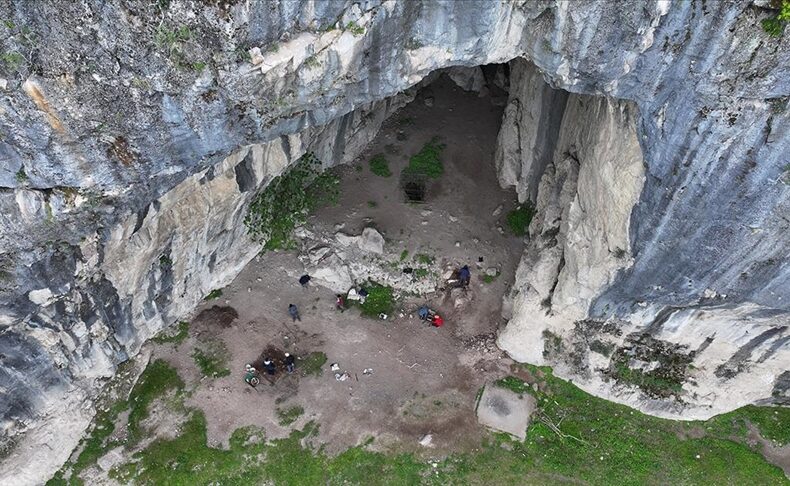
“Early Anatolian Gene” Discovered in Girmeler Mound in Western Türkiye
A groundbreaking discovery has been made during archaeological excavations at the Girmeler Mound Settlement in the Seydikemer district of Muğla. Ancient DNA analysis conducted on human skeletons unearthed at the site has revealed a genetic heritage referred to as the “early Anatolian gene.” This finding has the potential to fundamentally alter existing knowledge about the earliest settlements and agricultural activities in Western Anatolia.
The excavation work, a collaboration between the Ministry of Culture and Tourism and Akdeniz University, is being carried out under the leadership of Prof. Dr. Taner Korkut and the field supervision of Prof. Dr. Burçin Erdoğu, uncovering the history hidden deep within the mound in Girmeler Neighborhood. Excavation area supervisor Prof. Dr. Burçin Erdoğu reported on the meticulous work being conducted at the mouths of the caves and the base of the destroyed mound in Girmeler.
Prof. Dr. Erdoğu stated that the earliest settlement in Girmeler dates back approximately 14,000 years, emphasizing that the primary goal of the excavations is to identify these oldest settlement layers and understand cultural evolution.

The Earliest Traces of Agriculture in Western Anatolia Found at Girmeler
Prof. Dr. Erdoğu explained that the findings obtained from the Girmeler settlement reflect the initial attempts at agriculture in Western Anatolia, stating:
“It is understood that the people who lived in Girmeler in the 9th millennium BC resided in round planned huts and tried agriculture for the first time. This community, while maintaining its hunter-gatherer characteristics, also began to experiment with agriculture. This process is extremely critical because this type of transitional phase is being encountered for the first time in Western Anatolia. Until now, it was generally accepted that there was a migration wave from east to west and that the first settlements in this region emerged around the 7th millennium BC as a result of migration or colonization. However, the Girmeler excavation completely changes this widespread idea.”
Prof. Dr. Erdoğu emphasized that the people who lived in Girmeler have turned out to be the ancestors of almost all settled agricultural communities in Western Anatolia.
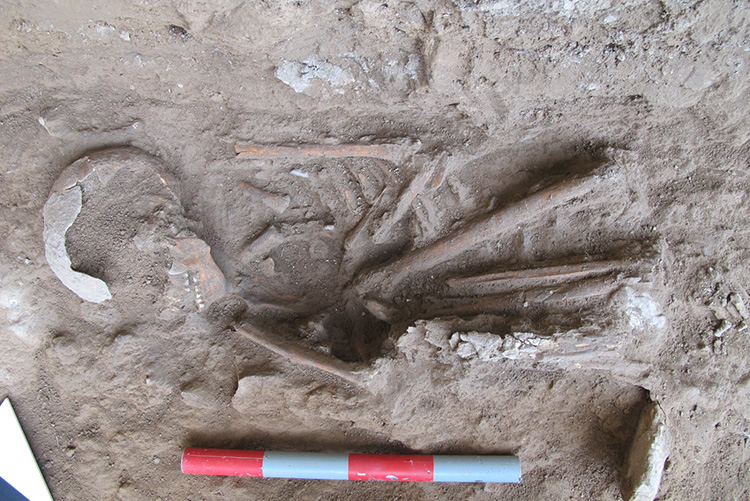
“Early Anatolian Gene” Illuminates the Origins of Western Anatolia
Reporting that tombs belonging to the inhabitants of Girmeler were also found during the excavations, Prof. Dr. Erdoğu announced this significant discovery as follows: “Ancient DNA analysis performed on the skeletons in the Girmeler settlement, which has the oldest known skeletons in Western Anatolia to date, has shown the presence of the ‘early Anatolian gene’ in the skeletons belonging to this period.”
Prof. Dr. Erdoğu stated that the obtained genetic data showed similarities with the genes identified in the Pınarbaşı skeletons dating back to the 17th millennium BC, known as the “Anatolian gene” in Central Anatolia, confirming that Girmeler is the origin of all early agricultural communities in Western Anatolia.
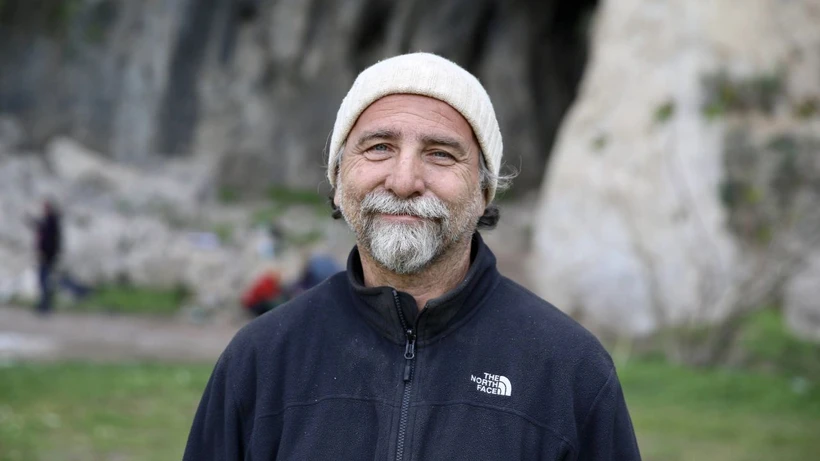
Girmeler: Also the Initial Site for Pottery Production
Highlighting the great importance of the Girmeler settlement in terms of the first transition to the production of ceramics and pottery, Prof. Dr. Erdoğu noted that this development was also a first for Western Anatolia.
Furthermore, Prof. Dr. Erdoğu reported the discovery of 3 special structures on the periphery of the Girmeler settlement, believed to have been built for meetings, ceremonies, and ritualistic activities. He described these structures as having terrazzo floors made by mixing small stone pieces with slaked lime and decorated with geometric or linear patterns. He added that the discovery of burials beneath one of these special structures is also a first for Western Anatolian archaeology.
These striking findings at the Girmeler Mound have the potential to reshape our knowledge not only of Western Anatolia but also of the early settlement and agricultural history of the Anatolian geography as a whole. As excavation work continues, new data obtained from this important settlement will continue to shed light on the ancient past of Anatolia.
You may also like
- A 1700-year-old statue of Pan unearthed during the excavations at Polyeuktos in İstanbul
- The granary was found in the ancient city of Sebaste, founded by the first Roman emperor Augustus
- Donalar Kale Kapı Rock Tomb or Donalar Rock Tomb
- Theater emerges as works continue in ancient city of Perinthos
- Urartian King Argishti’s bronze shield revealed the name of an unknown country
- The religious center of Lycia, the ancient city of Letoon
- Who were the Luwians?
- A new study brings a fresh perspective on the Anatolian origin of the Indo-European languages
- Perhaps the oldest thermal treatment center in the world, which has been in continuous use for 2000 years -Basilica Therma Roman Bath or King’s Daughter-
- The largest synagogue of the ancient world, located in the ancient city of Sardis, is being restored

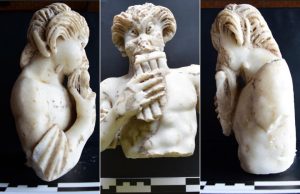
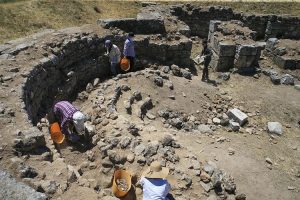
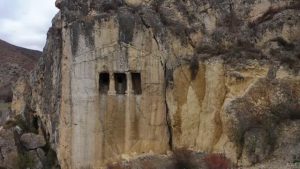
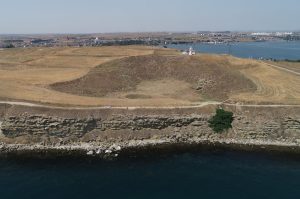
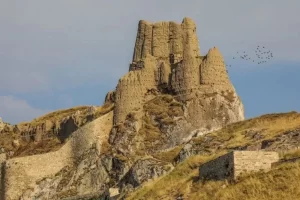

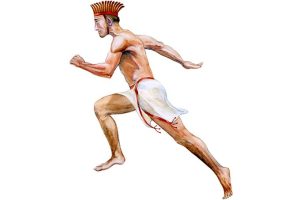

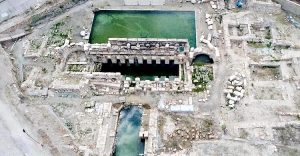
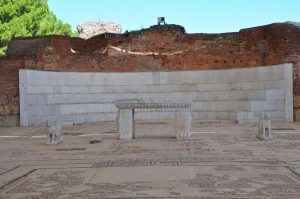
Leave a Reply